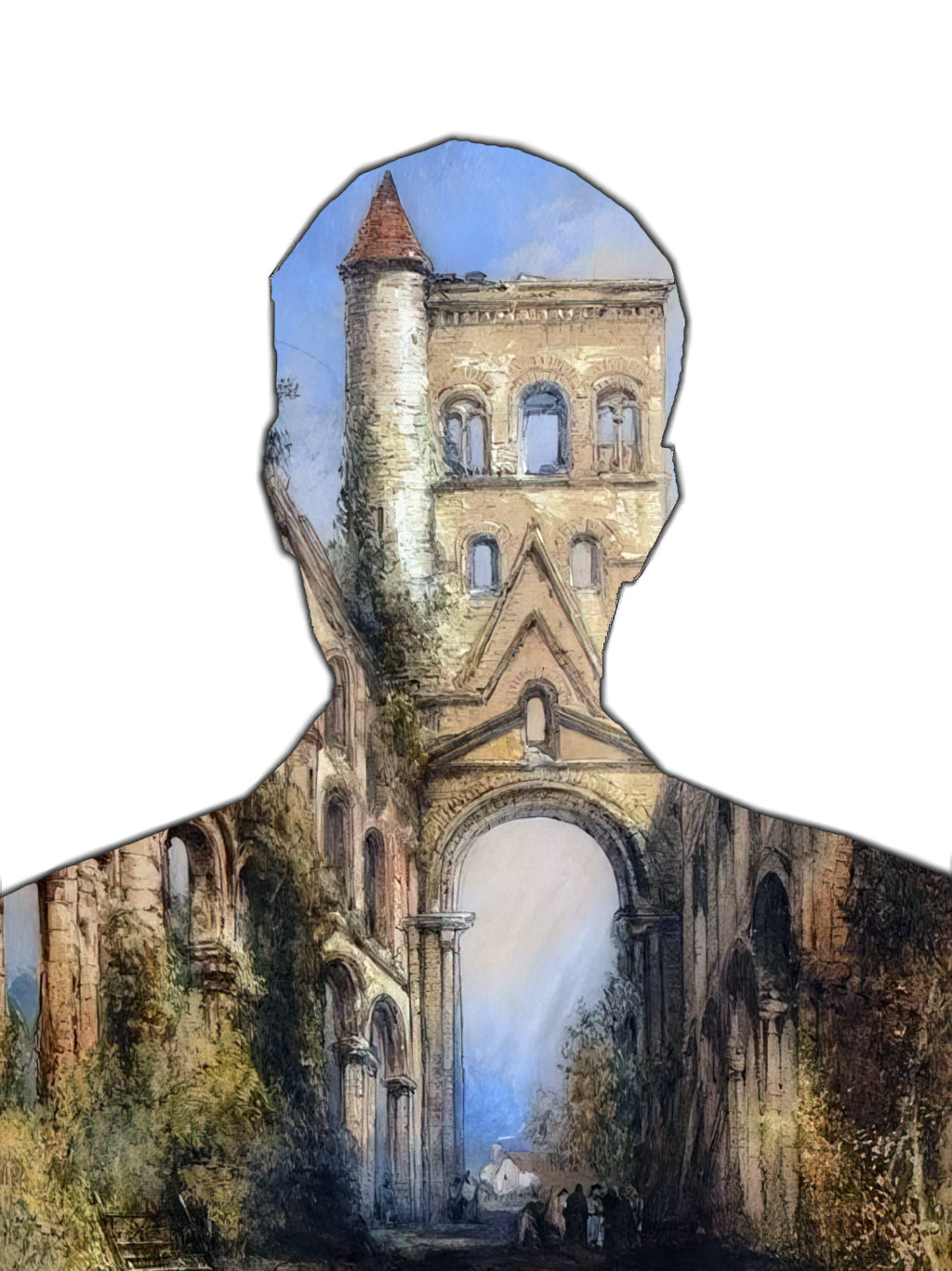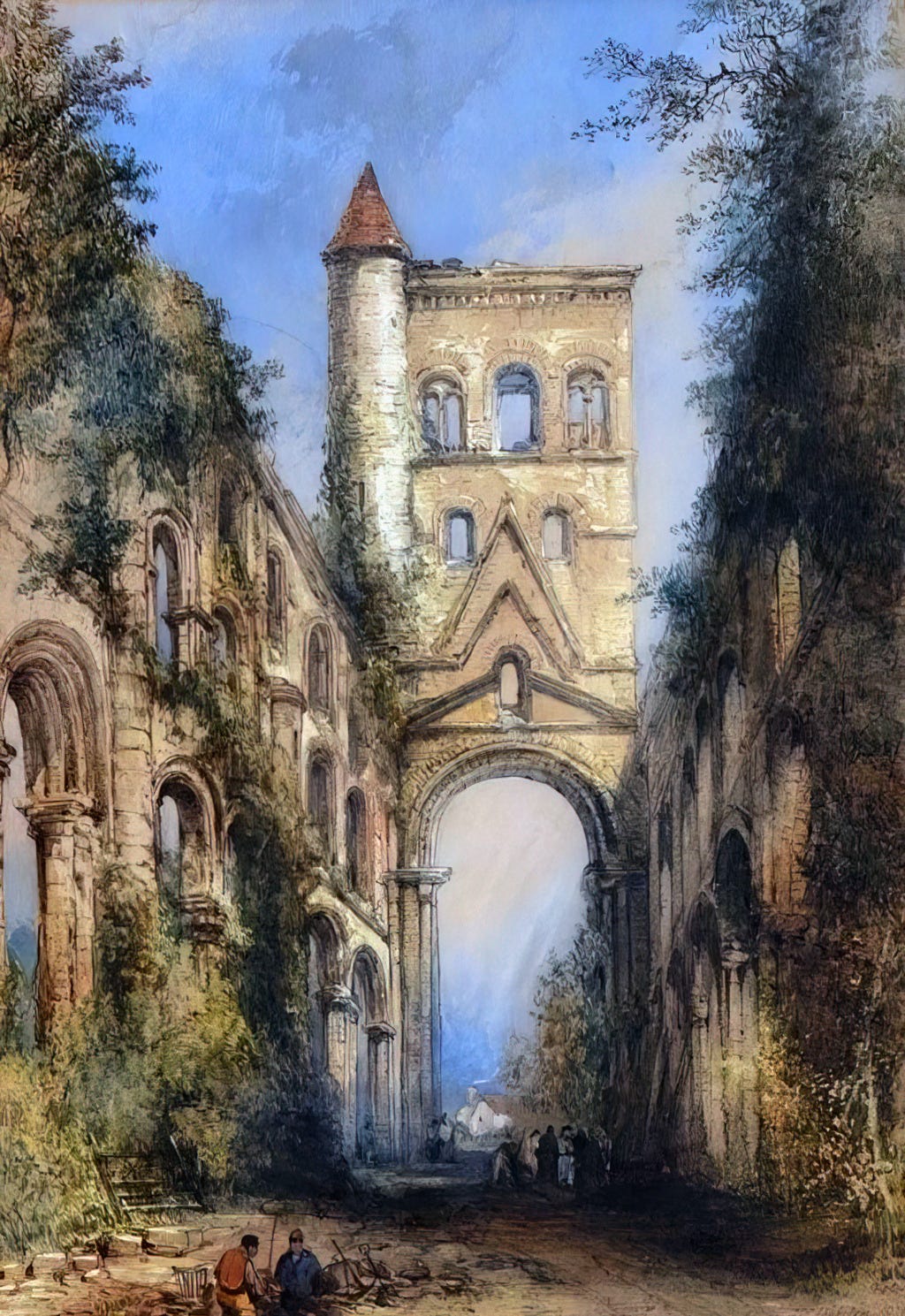Thomas Colman Dibdin was an English artist born in 1810 and died in 1893. He was primarily known for his work as a watercolourist. Dibdin specialized in landscape and architectural subjects, often producing scenes that depicted various European locations, especially those from Southern Europe. His style was influenced by the picturesque tradition, and his works were often detailed and precise in their rendering of architecture and nature.
He was the son of Charles Dibdin the younger, which connected him to a family with a strong theatrical and artistic background—Charles Dibdin the younger being a dramatist and theatre manager. Thomas Colman Dibdin was associated with the Society of Painters in Water Colours (often referred to as the Old Water-Colour Society), an important institution in the 19th-century British art world, though not one of its most prominent members.
Many of Dibdin’s works were used as illustrations or engravings, and some were reproduced in popular travel books and topographical publications of the time. His watercolours are marked by clarity, a sense of order, and a refined use of color, typical of mid-19th-century English landscape painting.
He continued to produce and exhibit artworks until late in life, contributing to the visual documentation of European locales before photography became widespread. His works can occasionally be found in British museum collections or appear at auctions.
This was the only painting we found that he made in Lisieux, Normandy.





